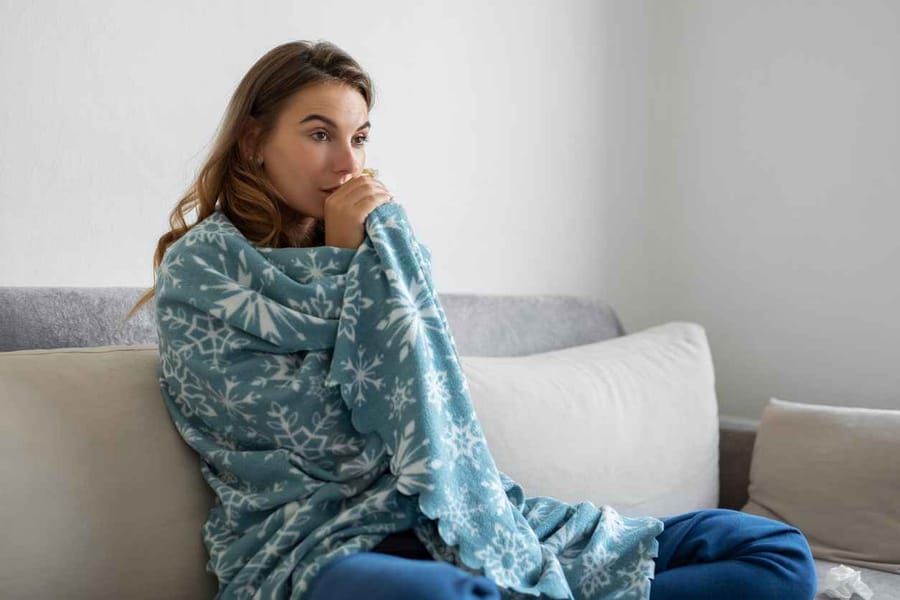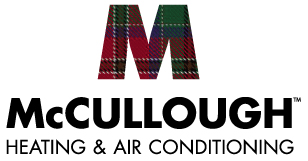4.8 Google Rating
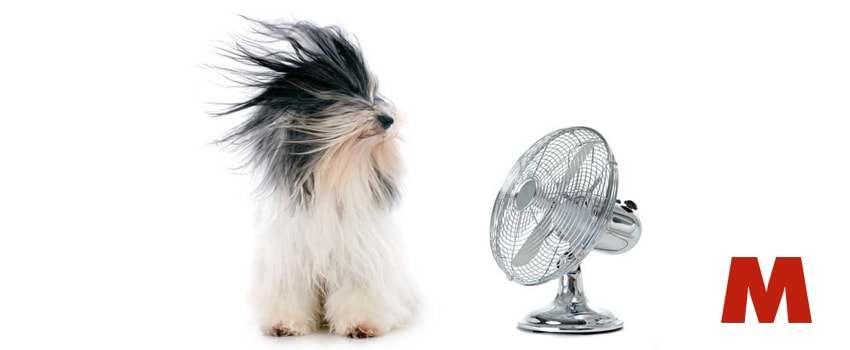
Keeping Your Dog Cool During Austin’s Hot Summer: HVAC Tips for Pet Owners
Austin summers are no joke, and while your air conditioning keeps you cool, it’s also essential for keeping your pets comfortable. Dogs are especially vulnerable to overheating since they rely on panting and a limited number of sweat glands to cool down. Using your HVAC system effectively can go a long way toward creating a safe, comfortable environment for your dog. Here are HVAC-focused tips for keeping your pet cool this summer.
1. Set Your Thermostat for Pet Comfort
Setting the right temperature for your dog’s comfort is key, especially when you’re away from home.
- Ideal Temperature: Dogs generally feel comfortable at indoor temperatures between 75-78°F. If you’ll be out for the day, consider setting your thermostat around 78°F to keep your pet comfortable without overworking your AC. For homes with programmable or smart thermostats, setting a schedule can automatically adjust temperatures based on when you’re home or away, ensuring comfort and energy savings.
- Avoid Extreme Temperature Fluctuations: Large temperature changes can be tough on pets, especially older dogs. Set your thermostat to maintain a consistent temperature during hot days to avoid discomfort or stress for your pet.
2. Maximize Indoor Air Circulation
Good airflow enhances comfort by helping to distribute cool air evenly throughout your home.
- Use Ceiling Fans: Ceiling fans can help circulate cool air from your AC, providing a gentle breeze that pets often enjoy. Dogs lying on the floor will feel this effect as air is pushed downward. Remember that fans cool people and pets, not rooms, so only use them when someone is present.
- Optimize Vent Placement: Ensure that air vents are open and unobstructed in rooms where your dog spends the most time. If your dog has a favorite resting spot, direct a fan or air vent toward that area for a cooler, more comfortable space.
3. Consider an HVAC Zoning System for Pet-Focused Cooling
If your dog spends most of its time in specific areas of your home, an HVAC zoning system could be beneficial. Zoning allows you to cool different areas of your home independently, making it easier to maintain the perfect temperature in rooms where your pet stays while saving energy in unused areas.
- Targeted Cooling: With zoning, you can set a cooler temperature in rooms where your dog spends time and adjust other areas accordingly. This can help maintain a comfortable temperature in pet areas without overworking your entire AC system.
- Energy Savings: Zoning reduces the need to cool the entire home, which can lower your energy bill, especially during Austin’s peak summer months. This system lets you keep your pet’s favorite spaces cool while saving on cooling costs.
4. Change Your Air Filter Regularly for Healthier Indoor Air
Regular filter changes benefit everyone in your household, including pets. Dogs shed fur and dander, which can accumulate in your air filter, reducing airflow and efficiency.
- Pet-Friendly Filters: Consider high-efficiency or pet-specific HVAC filters that capture pet dander, dust, and allergens more effectively. These filters help maintain good airflow and reduce airborne particles that can irritate both pets and people.
- Change Filters Frequently: Homes with pets often require more frequent filter changes. Check your filter monthly during peak summer use and replace it as needed to keep your HVAC system running smoothly.
5. Create a Cool Resting Spot Indoors
Inside your home, setting up a cool resting area for your dog can make a big difference in their comfort.
- Choose Cooler Flooring: Hard surfaces like tile and hardwood floors stay cooler than carpet, making them ideal resting spots for pets. Positioning your dog’s bed or favorite blanket on these surfaces gives them a cool place to relax.
- Use Cooling Mats and Elevated Beds: Cooling mats provide a soft, cool surface that absorbs your pet’s body heat. Elevated pet beds allow for airflow around your dog, which can help them stay cool. These options work well near air vents or in rooms with fans.
6. Keep Humidity Levels Low
Excess humidity can make indoor air feel warmer than it is, causing discomfort for both you and your pet. Your HVAC system can help control humidity, keeping the indoor environment comfortable.
- Use a Dehumidifier: If Austin’s humidity makes your home feel muggy, consider adding a dehumidifier to your HVAC system. Lower humidity reduces the cooling load on your AC and helps maintain a comfortable environment for your dog.
- Monitor Indoor Humidity: Aim to keep indoor humidity below 50% for optimal comfort. Many thermostats and smart home devices can help monitor humidity levels so you can make adjustments as needed.
7. Know When to Schedule an HVAC Tune-Up
Keeping your HVAC system in top shape is key to providing reliable cooling throughout the summer. Regular maintenance ensures your system runs efficiently, which is especially important when you have pets.
- Schedule Regular Maintenance: Annual tune-ups keep your AC functioning optimally and help prevent breakdowns during the summer months. Technicians can check refrigerant levels, clean coils, and inspect your system for any issues that may reduce efficiency.
- Improve Indoor Air Quality: During maintenance, technicians can clean or replace filters, inspect ductwork, and check for mold or other contaminants. This keeps your air cleaner and healthier, providing a safer environment for pets and people alike.
Conclusion: Keep Your Dog Cool with McCullough Heating & Air Conditioning
With Austin’s intense summer heat, keeping your dog cool and comfortable can be challenging, but using your HVAC system wisely can make all the difference. McCullough Heating & Air Conditioning is here to help Austin pet owners optimize their AC systems for a safe, comfortable home environment. Contact us today to schedule an AC tune-up, upgrade your thermostat, or discuss zoning options to ensure your entire household—including your pets—stays cool all summer long.
Recent News
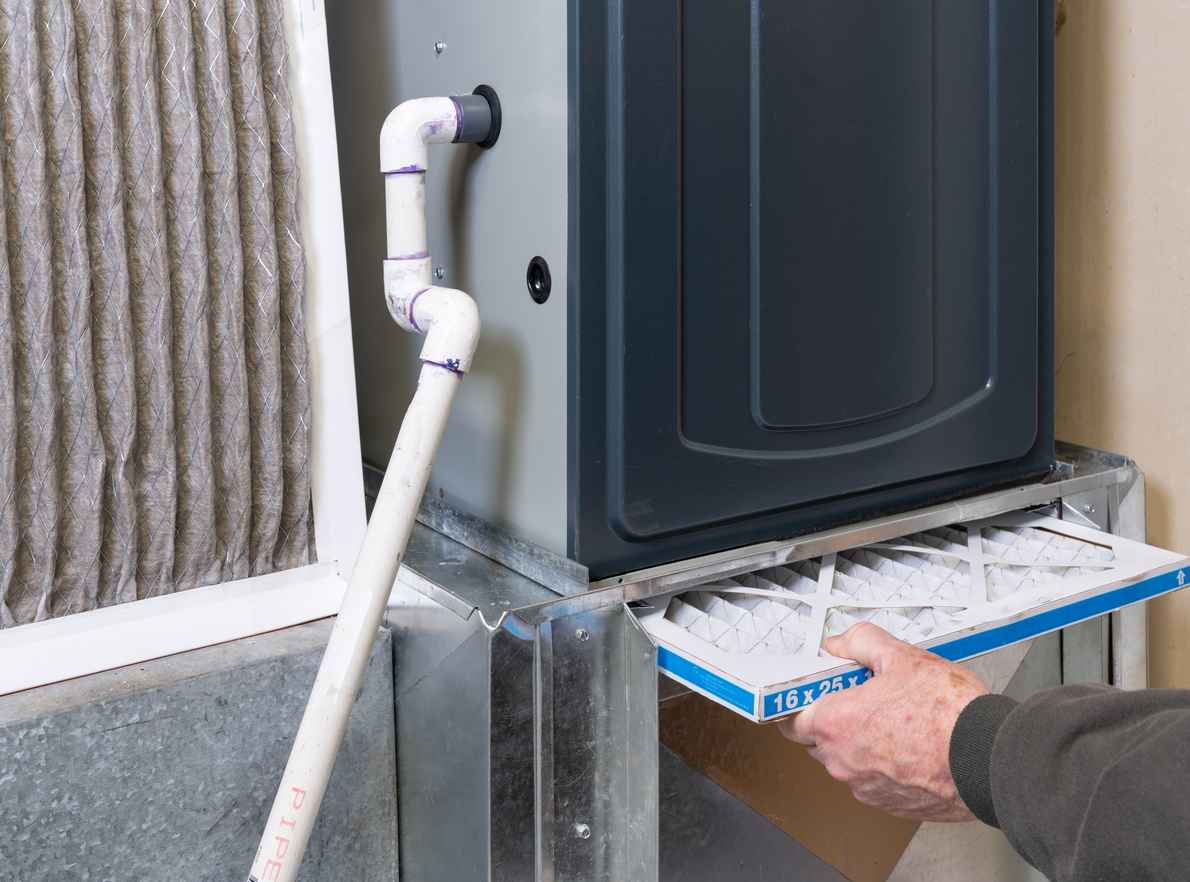
Is Your Furnace Ready for a Central Texas Winter? Austin Homeowners Should Check This First

Don’t Get Spooked by Strange HVAC Noises This Halloween: Austin’s Guide to a Fright-Free, Cozy Home
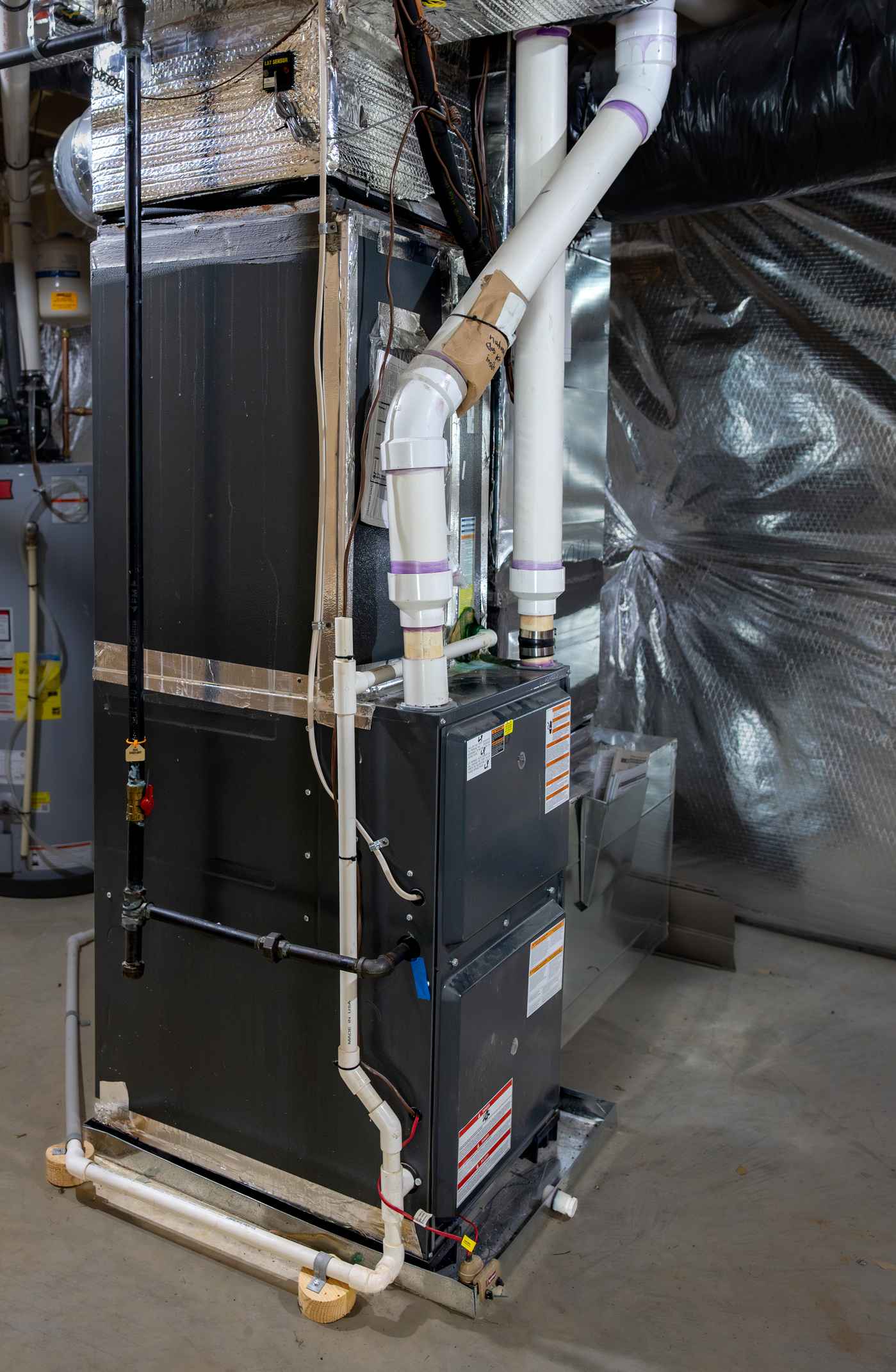
Preparing Your Austin Home for the Switch from AC to Heat

Why Austin’s Older Homes Need Special Attention When It Comes to HVAC Efficiency
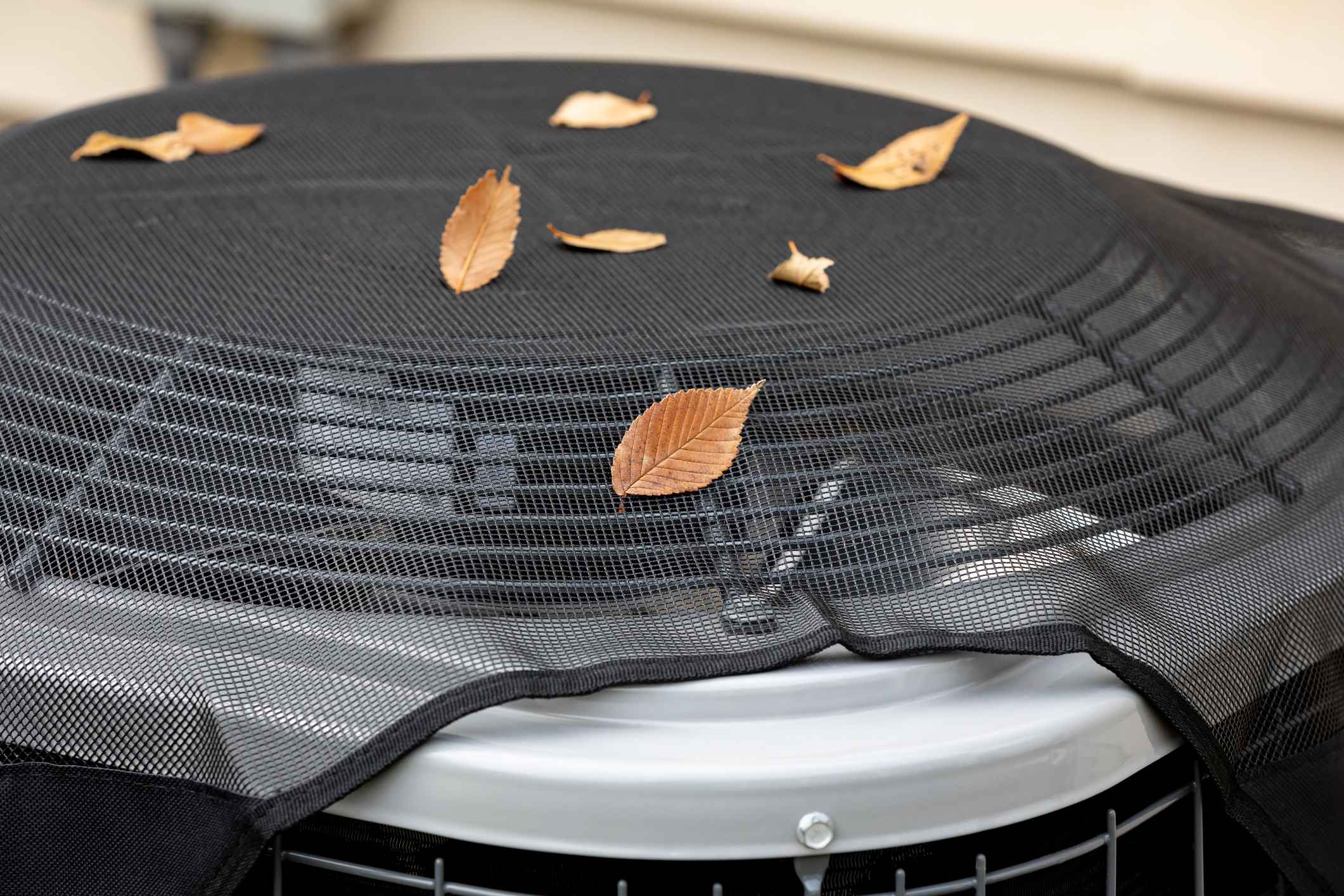
Staying Cool This Fall: HVAC Tips for Austin Homes During October Heat
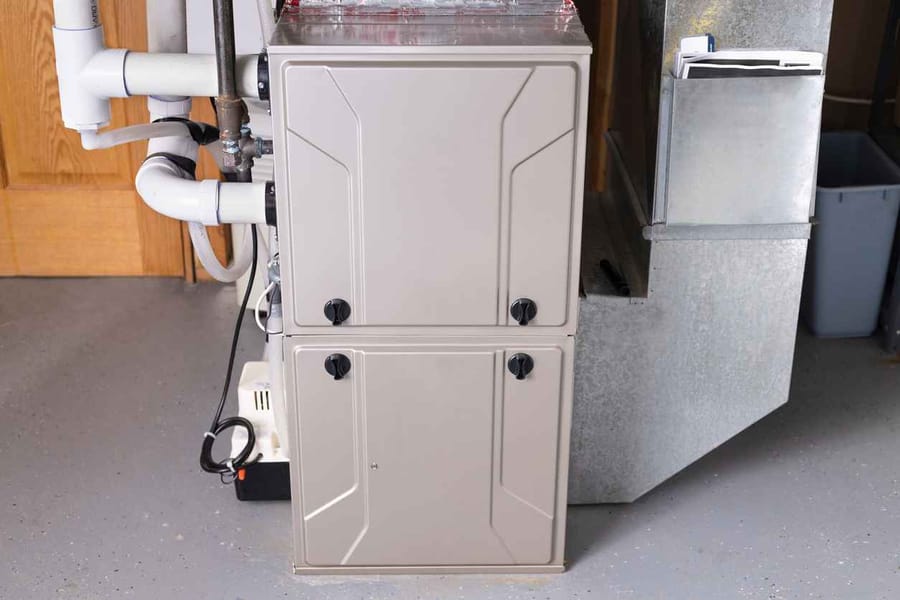
When to Consider a Heating Upgrade in Central Austin
